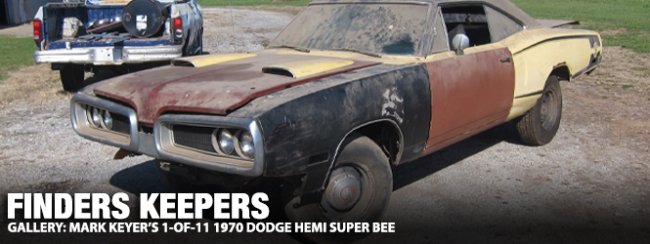
What is the ultimate barn find? Is it a low-mileage cream puff with the paper floor mats still perfectly
in place? Or maybe a day-two drag car that lived its short, explosive life a quarter-mile at a time? Or is it just a flat-out rare machine that hasn’t seen the light of day in decades? If the latter tickles your fancy, then this 1970 Dodge Hemi Super Bee would surely fit the bill.
Ultimate find or not, the most important question is always the same for these barn dwellers: What’s it
worth? How does one even put an accurate value on something that which so few examples exist? According to the Super Bee Registry, just 32 Hemi Super Bee hardtops were delivered to US dealers in 1970 and only 11 of them were equipped with an automatic transmission like this one. As far as Hemi cars go, yeah, this is among the rarest.
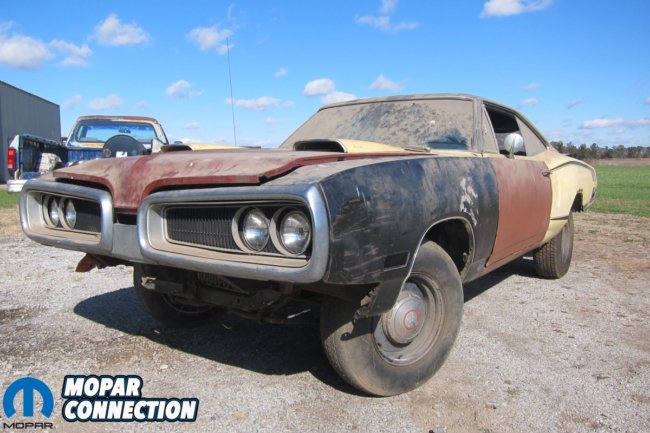
A drive through the dusty back roads of the Midwest netted us the rare opportunity to snap a few photographs of the seldom-seem Bee-st just as it was seeing sunshine for the first time in more than three decades. Current owner Mark Meyer was in the process of removing it from its temporary tomb, but took a step back to drink it all in. “That car is sitting exactly how I bought it thirty-plus years ago,” he said with a wry smile. Without a doubt, that smile was bittersweet. The only reason we’d caught the car outside was because it was being prepared for sale. With much of its story yet to be told, the big B-body has already lived an interesting life.
The history on the elephant-equipped beast is a little blurry, but Mark does vaguely recall picking it up around 1983 among a flurry of Mopar muscle car purchases. At the time, he had recently taken ownership of a blue Six Pack 1970 Plymouth Roadrunner from a body shop owner in Indianapolis and caught wind of that car’s previous owner selling off the rest of his collection. “He was going to be an insurance salesman so he was closing down his body shop and wanted to get rid of his cars,” Mark explains. “He had this Super Bee sitting back in a warehouse. It was kind of stashed back in the corner.”
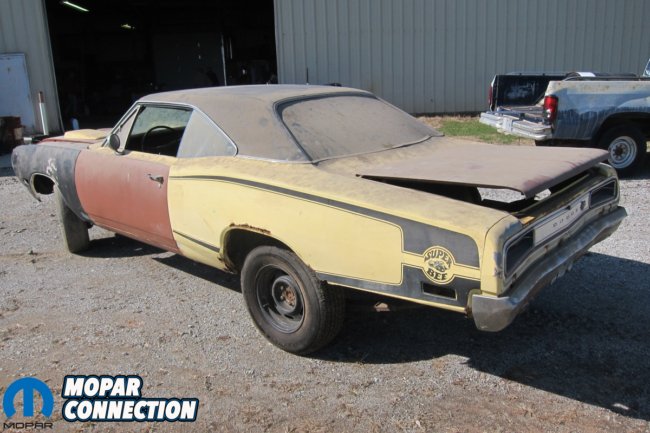
While its rarity is obvious to him now, he didn’t have any grand plans or dreams for the car back then. “I just thought it was a good deal and it was a Hemi car. That was the main reason I wanted it because I had always wanted a Hemi car. I didn’t have any idea what the numbers were. I didn’t research anything. It was a Hemi car,” he says matter-of-factually. Though the $3,850 price tag was a bit stout for the time, Mark couldn’t pass it up and cruised over in his dad’s old International rollback to haul the Bee back.
Upon arriving at its newfound home, it was parked in the barn with its ultimate destination yet to be
determined. While a 1965-vintage 426 Hemi was included with the purchase, the original engine and transmission were long gone. Actually, even though the car was less than fifteen years old at the time with just 62,624 miles on the clock, it was apparently not well cared for.
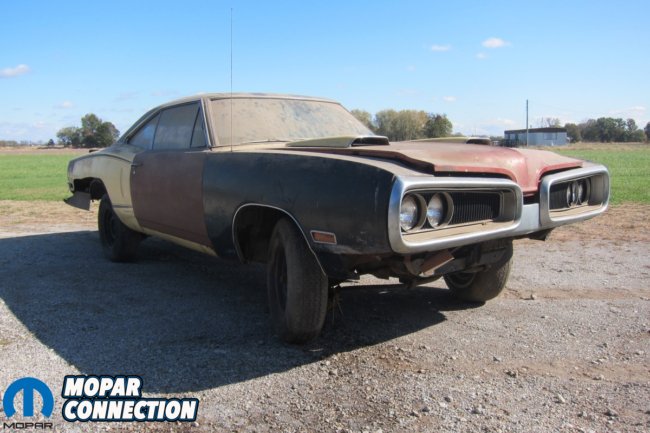
Rust had already started to come through on the quarter panels, the trunk floor extensions were cut out, and much of the front-end sheet metal had been replaced. Luckily, the Hemi- specific K-frame, Dana 60 rear end, and complete interior were all present.
As many of these stories go, other cars, family, life, and work got in the way while the Bee lurked quietly in the corner. In fact, even to this day, Mark has yet to turn a wrench on it and that’s not necessarily a bad thing. Getting it out into the sun showed that while it has its bumps and bruises, indoor storage definitely resulted in a car that has not substantially degraded and is still very much restorable.
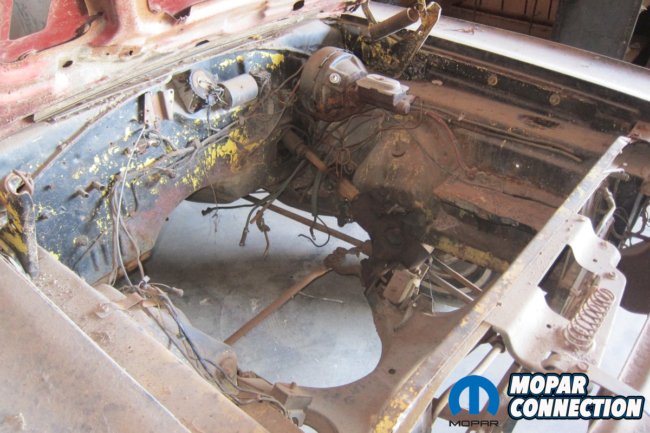
On the exterior are hints of the original high-impact FY1 Top Banana yellow paint with complimentary black C-stripes and a vinyl top. Mismatching front end sheet metal may hint at some early-on collision damage, although everything looks pretty clean underneath and under hood. The floor pans and frame rails are scaled from age, but have fared fairly well for fifty year old steel.
Rear torque boxes are in place, as are the Hemi-only rear spring perch reinforcement plates. Another Hemi-specific item resides just below the driver’s side hood scoop in the form of a Bendix brake booster. Parts like that are getting downright impossible to find and, even though it looks like the master cylinder has been replaced, it’s good to see that the booster wasn’t tossed.
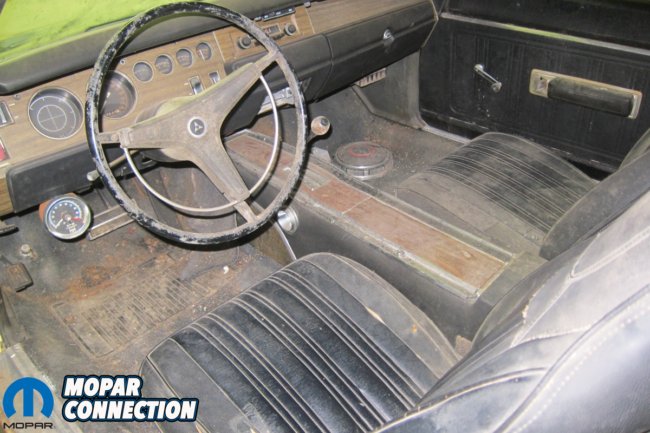
The fender tag reveals a rather inconspicuous short list of options. The big ones are, of course, the E74 426 Hemi designation, the A32 Super Performance Axle Package, and an N96 Ramcharger hood. Power disc brakes (B51) and power steering would certainly help with both the heft and horsepower of the Hemi while a front sway bar would help keep it between the ditches.
The console-shifted automatic configuration is a little surprising since it looks like this Bee was purpose-built for going fast. No doubt, column control would have shed a few unnecessary pounds. A Rallye dash was included in the Super Bee package, but this one doesn’t sport the Tic-Toc-Tach or even a basic clock. Instead, a super cool Direct Connection 10,000 RPM tachometer hangs aft of the driver’s lazy left leg.
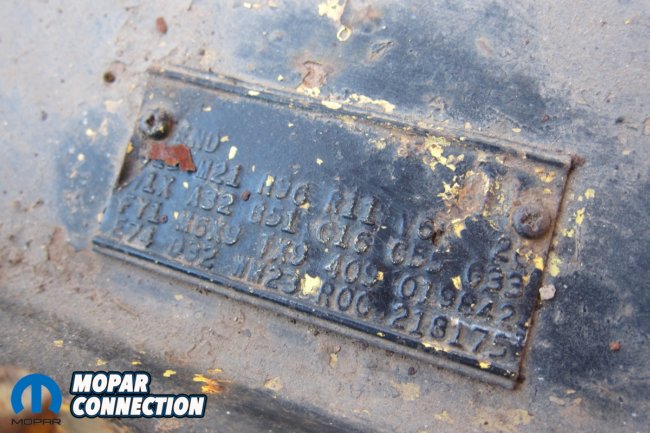
With plenty of his own Mopar projects already ongoing, Mark wants to get the Hemi Bee into the hands of its next caretaker in hopes that it gets the restoration it deserves. At least some portion of the funds will go towards the revitalization of two Six Pack, four-speed cars and a host of other big B-bodies that need some attention. Even though it isn’t officially listed anywhere yet, a few prospective buyers have already come out of the woodwork. However, at the time of this writing, a deal has not been struck.
So, no, it isn’t a low mileage cream puff and it isn’t a day-two drag racer. But it is a double-digit production Hemi car with all the bones to make for a beautiful, full-scale restoration. Either way, all of that leads us back to the mother of all questions: What’s it worth to you?









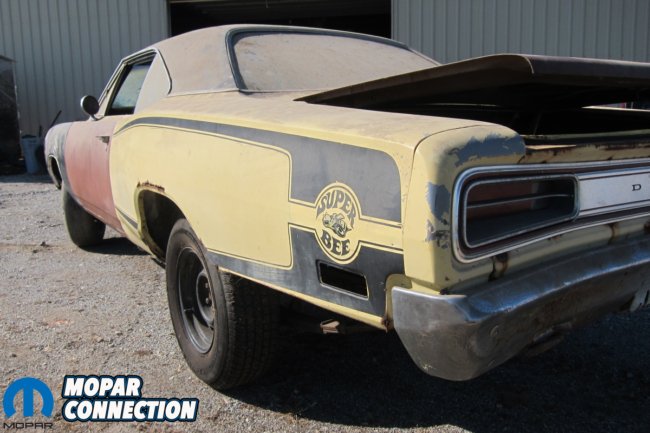
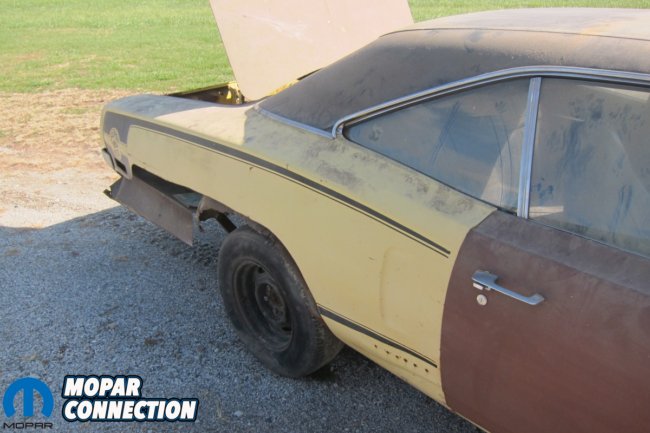
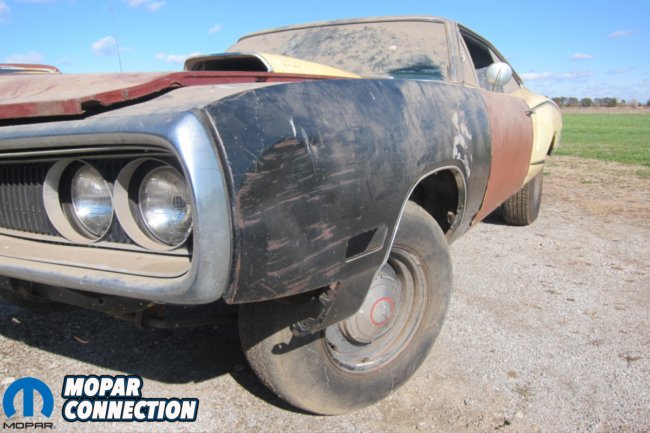
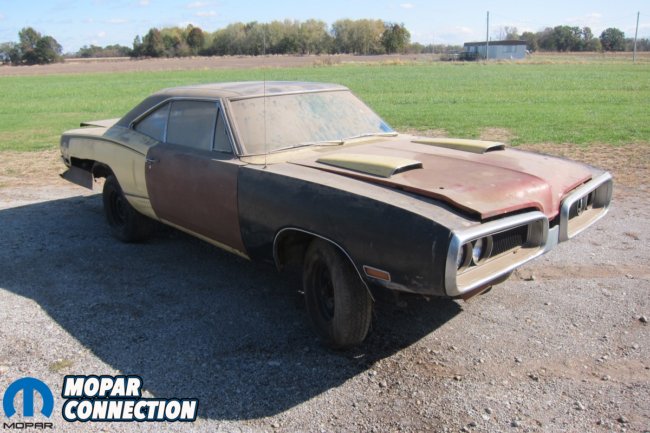
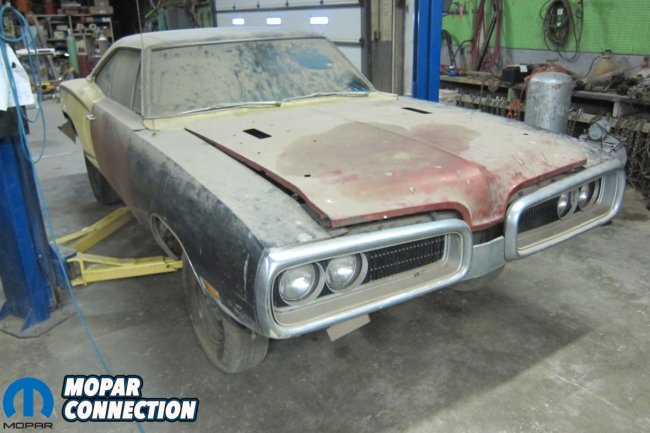

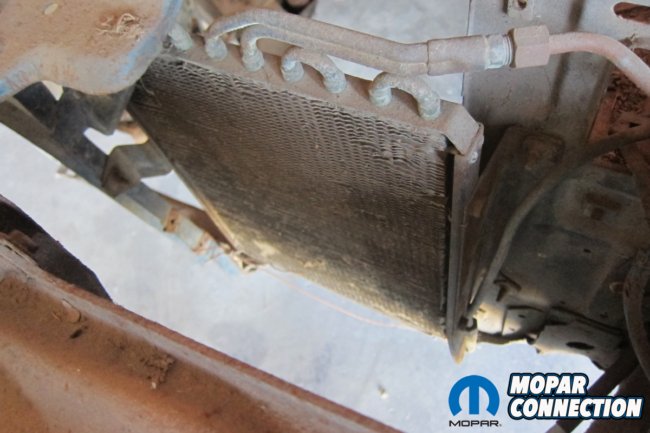
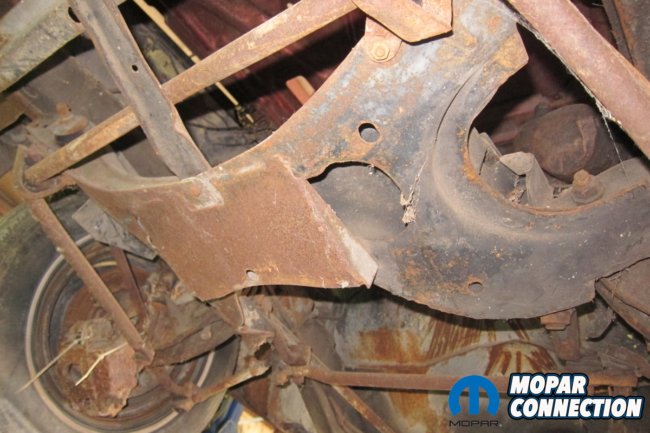
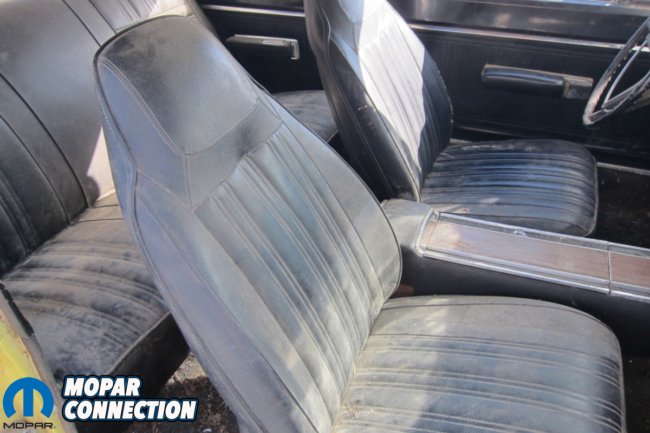
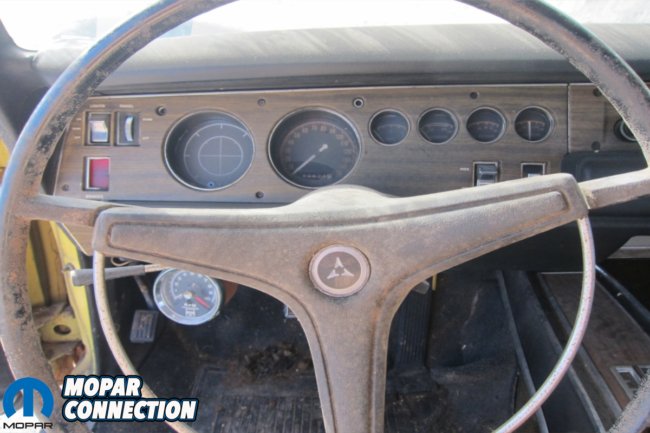
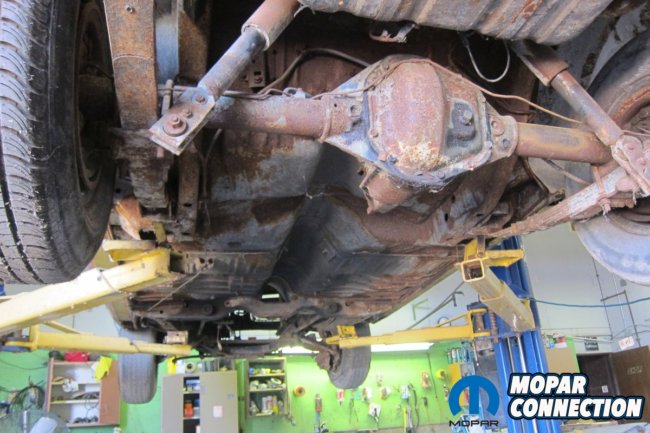
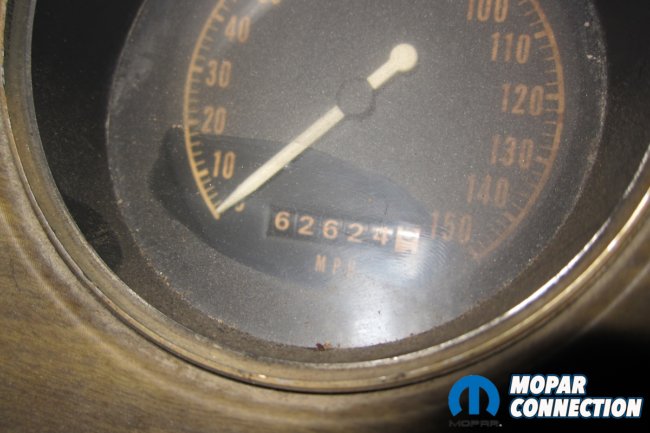


































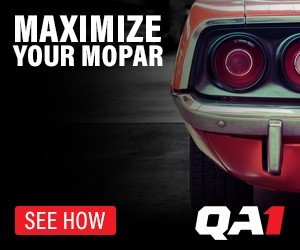
 Mopar Connection Magazine – The ONLY Daily Mopar Magazine © 2022. All Rights Reserved. Mopar Connection Magazine is the ONLY daily Mopar Magazine bringing you the latest Mopar news, technology, breaking news, and Mopar related events and articles. Find out the latest information about Mopar, Mopar products and services, stay up to date on Mopar enthusiast news, dealership information and the latest Mopar social media buzz! Sign up for the Mopar Connection Magazine newsletter for the latest information about new products, services and industry chatter. Mopar Connection Magazine is the best and only source you need to be a Mopar industry insider!
Mopar Connection Magazine – The ONLY Daily Mopar Magazine © 2022. All Rights Reserved. Mopar Connection Magazine is the ONLY daily Mopar Magazine bringing you the latest Mopar news, technology, breaking news, and Mopar related events and articles. Find out the latest information about Mopar, Mopar products and services, stay up to date on Mopar enthusiast news, dealership information and the latest Mopar social media buzz! Sign up for the Mopar Connection Magazine newsletter for the latest information about new products, services and industry chatter. Mopar Connection Magazine is the best and only source you need to be a Mopar industry insider! by
by